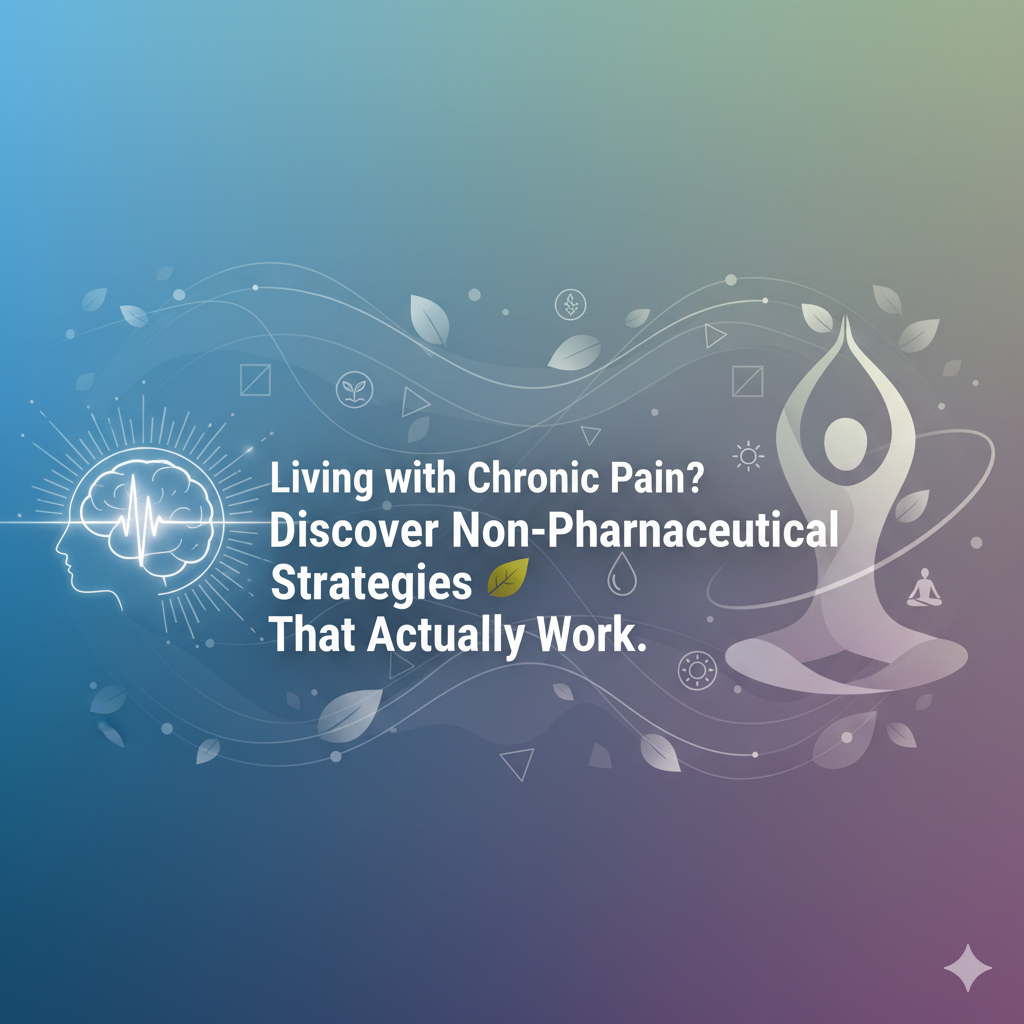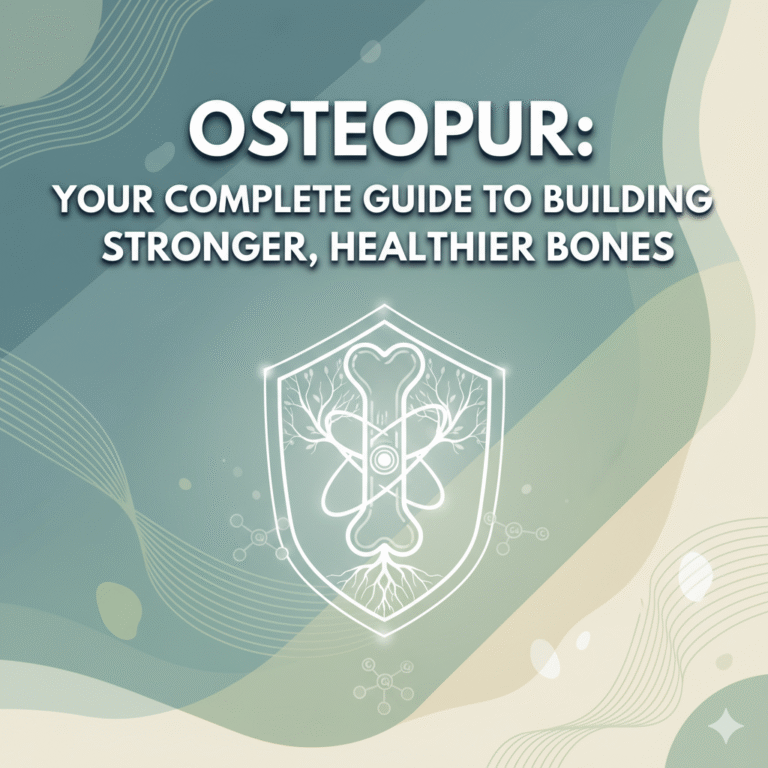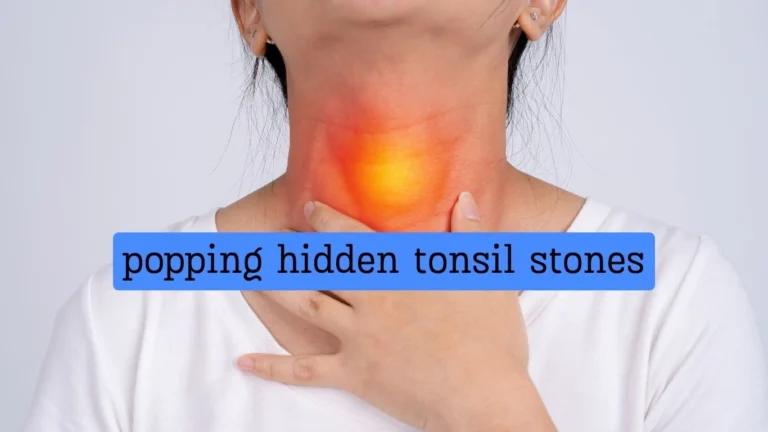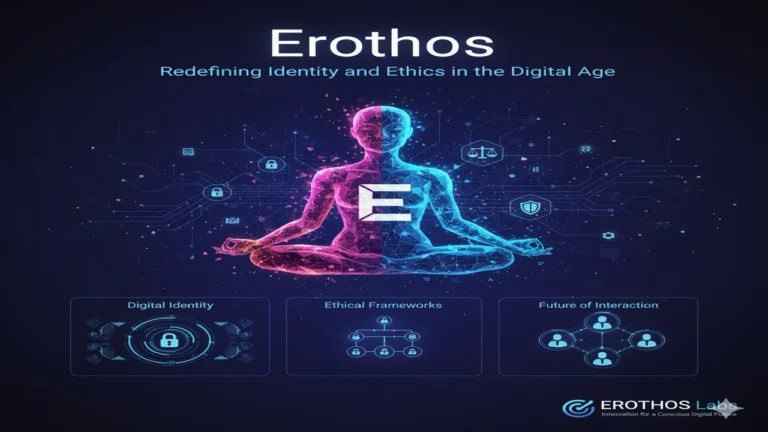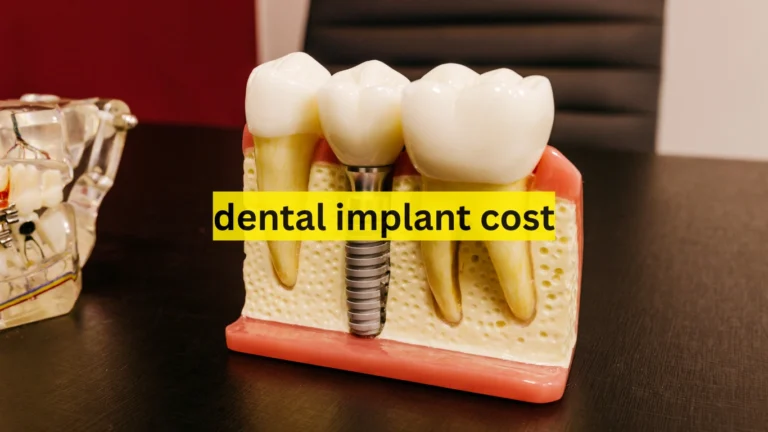Living with Chronic pain? Discover Non-Pharmaceutical Strategies That Actually Work
Chronic pain can feel like an invisible weight you carry every single day. Whether it’s back pain that never seems to go away, aching joints, or recurring migraines, the struggle is real and exhausting. For years, pain medications, especially opioids, have been the default solution. But here’s the truth: while they may bring short-term relief, they often come with long-term risks like dependency, side effects, and diminishing effectiveness So, where does that leave you? Thankfully, there’s another path non-pharmaceutical strategies. These are safe, proven, and holistic approaches that focus on the whole person, not just the symptoms. Let’s walk through some of the most effective methods that thousands of people use to manage pain without relying solely on pills.
Why Look Beyond Medications?
Imagine treating pain in a way that not only reduces discomfort but also strengthens your body, calms your mind, and improves your quality of life. That’s the power of non-drug therapies. Unlike medications that mask symptoms, these strategies aim to improve your body’s natural healing, build resilience, and give you tools you can use long-term. The best part? You don’t need a prescription to start exploring many of them.
1. Physical Therapy & Gentle Exercise
Think of physical therapy as training your body to move smarter, not harder. A skilled physical therapist doesn’t just look at where you hurt—they look at how you move, sit, walk, and even breathe. From there, they design exercises that reduce strain, strengthen weak muscles, and improve flexibility.
Simple activities like swimming, walking, or stretching can also reduce inflammation and boost circulation. If you’ve ever noticed your pain easing after a light workout, that’s no coincidence. Exercise helps release endorphins your body’s natural painkillers.
Tip: Start small. Even 10 minutes of daily stretching or low-impact exercise can make a big difference over time.
2. Cognitive Behavioral Therapy (CBT)
Here’s something many people don’t realize: pain isn’t only physical—it’s also emotional. Stress, fear, and negative thought patterns can make pain feel worse. This is where CBT comes in.
Through CBT, a therapist helps you identify unhelpful thought patterns (like “I’ll never get better”) and replace them with constructive coping strategies. Over time, this reduces the brain’s tendency to amplify pain signals. Think of CBT as mental training. It doesn’t make pain disappear overnight, but it changes how you respond to it giving you back a sense of control.
3. Mindfulness & Meditation
Have you ever noticed how focusing on pain makes it feel sharper, but distracting yourself makes it fade a little? That’s the principle behind mindfulness.
Mindfulness and meditation encourage you to notice pain without judgment and gently shift your attention. Techniques like breathing exercises, body scans, or guided imagery can reduce stress, lower anxiety, and calm the nervous system. Regular practice not only eases pain but also builds emotional resilience. Instead of fighting your pain, mindfulness teaches you to live alongside it in a way that doesn’t drain your energy.
4. Acupuncture
This ancient Chinese practice might sound intimidating at first—tiny needles placed at specific points on your body but many people swear by its effects. Acupuncture stimulates nerves and triggers the release of endorphins, which naturally reduce pain Research shows it can help with back pain, migraines, arthritis, and more. If medications haven’t worked for you, acupuncture could be worth exploring under the guidance of a licensed practitioner.
5. TENS Therapy (Electrical Stimulation)
Technology has also opened doors for drug-free pain relief. TENS, short for Transcutaneous Electrical Nerve Stimulation, uses a small device to send mild electrical currents through your skin It may sound odd, but those gentle pulses interfere with pain signals traveling to the brain and encourage the release of endorphins. Many people use TENS units at home for temporary relief, especially for back or joint pain.
6. Yoga & Tai Chi: Movement with Mindfulness
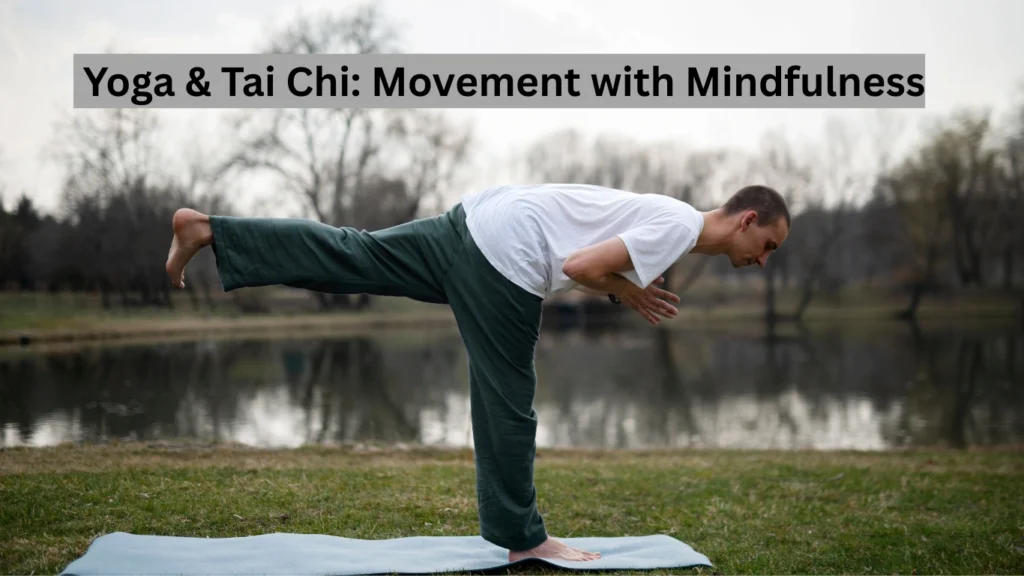
If traditional workouts feel too demanding, yoga and tai chi offer a gentle alternative. Both combine slow, intentional movements with deep breathing and focus.
The benefits?
- Reduced stiffness
- Improved flexibility and balance
- Calmer mind
- Lower pain intensity
You don’t need to twist yourself into complex poses to feel better. Even beginner-friendly classes designed for people with chronic pain can bring powerful results.
7. Lifestyle Tweaks That Make a Big Difference
Sometimes, small daily changes can add up to major pain relief:
- Better sleep habits: Pain feels worse when you’re exhausted. Aim for consistent sleep routines.
- Healthy diet: Anti-inflammatory foods (like leafy greens, fish, and berries) can support pain reduction.
- Stress management: Chronic stress keeps your body in “fight or flight” mode, worsening pain. Relaxation techniques like journaling or light breathing exercises help.
These aren’t quick fixes but lifestyle upgrades that support every other pain management strategy.
8. Emerging Non-Opioid Treatments
Science is catching up with the need for safer options. New therapies like nerve blocks, neuromodulation, and targeted biologics are showing promise. Recently, non-opioid medications have been approved that target pain without addictive risks. While some are still in the early stages, they’re a sign of hope for people who haven’t found relief elsewhere.
Putting It All Together
The beauty of non-pharmaceutical strategies is that they work best in combination. You don’t have to choose just one—many people find success blending approaches. For example:
- Pairing physical therapy with mindfulness practice
- Combining CBT with gentle yoga
- Using acupuncture while making small lifestyle changes
Pain may not vanish completely, but these methods can make it manageable, improve daily function, and restore a sense of control over life.
Conclusion
Living with chronic pain isn’t easy, but relying solely on medication isn’t your only option. Non-pharmaceutical strategies—from exercise and therapy to mindfulness and holistic practices—offer safe, long-lasting relief that strengthens both body and mind. If you’ve been searching for alternatives, start small. Pick one method that resonates with you and give it time. Over weeks and months, you may find that your pain feels less overwhelming, your energy returns, and life feels a little brighter.
FAQS
Q1: What are non-pharmaceutical strategies for chronic pain?
Non-pharmaceutical strategies for Chronic pain are drug-free methods like physical therapy, mindfulness, CBT, acupuncture, and lifestyle changes that reduce pain naturally.
Q2: Can non-drug therapies really help with chronic pain?
Yes. Research shows approaches like exercise, meditation, and CBT can lower pain intensity, improve mobility, and enhance overall quality of life.
Q3: Is acupuncture effective for chronic pain management?
Acupuncture has been proven to help with conditions like back pain, migraines, and arthritis by stimulating natural pain relief pathways in the body.
Q4: Which is better for chronic pain—medication or non-drug methods?
Medications may offer short-term relief, but non-drug methods provide safer, long-term solutions with fewer risks and added health benefits.
Q5: Can lifestyle changes reduce chronic pain naturally?
Absolutely. Better sleep, a balanced diet, regular movement, and stress management can significantly ease pain and support other therapies.

